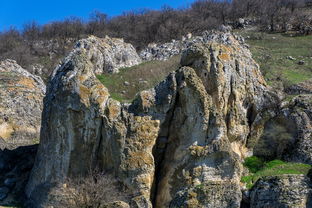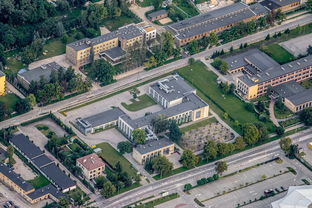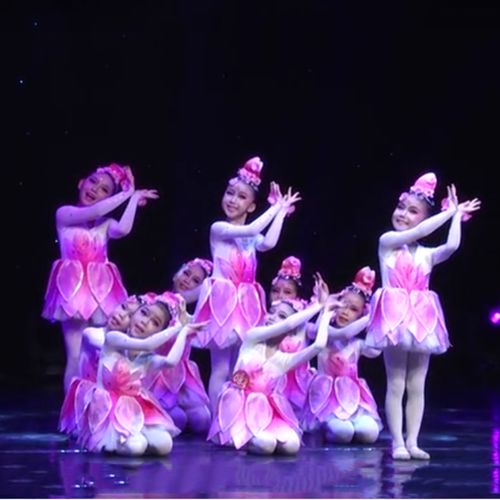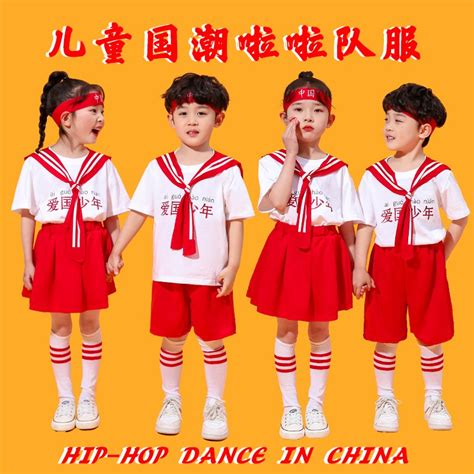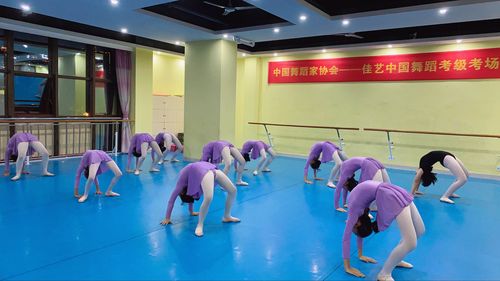Metaphorical Techniques in English Poetry
Metaphor is a powerful poetic device used by poets to create vivid imagery, evoke emotions, and convey complex ideas in a concise and impactful way. In English poetry, metaphors are commonly employed to transform ordinary language into extraordinary expressions that engage the reader's imagination and deepen the meaning of the poem. Let's explore some of the key metaphorical techniques used in English poetry:
A direct metaphor directly compares two unlike things without using "like" or "as". For example, in Emily Dickinson's poem "Hope is the thing with feathers," hope is compared to a bird with feathers, suggesting that it is delicate, elusive, and yet capable of soaring to great heights.
An implied metaphor subtly compares two things without stating it directly. For instance, in Shakespeare's Sonnet 18, where he compares the subject to a summer's day without explicitly saying "You are like a summer's day." This allows readers to draw their own connections and interpretations.
An extended metaphor is a series of related metaphors that are elaborated throughout a poem. This extended comparison creates a rich tapestry of images and meanings. A famous example is John Donne's "The Flea," where the speaker uses the metaphor of a flea to argue for physical intimacy with his lover.
A conceit is an elaborate and extended metaphor that often draws comparisons between very dissimilar things. In John Donne's "A Valediction: Forbidding Mourning," he compares the relationship between the speaker and his lover to a compass, highlighting the spiritual and intellectual connection between them.

Dead metaphors are metaphors that have become so common in language that they are no longer recognized as such. For example, the metaphor "foot of the hill" to mean the base of a hill. While these may lack the freshness of more original metaphors, they still carry vivid imagery and convey meaning effectively.
A mixed metaphor occurs when two or more metaphors are jumbled together, often creating a humorous or nonsensical effect. While it is generally considered a mistake in formal writing, mixed metaphors can be intentionally used for comedic or satirical purposes in poetry.
In conclusion, metaphors play a crucial role in English poetry by adding depth, beauty, and nuance to the poet's expression. By exploring these various metaphorical techniques, poets can craft captivating verses that resonate with readers on both intellectual and emotional levels. Whether subtle or striking, metaphors continue to be a cornerstone of poetic language and a source of endless creativity in the world of English poetry.


